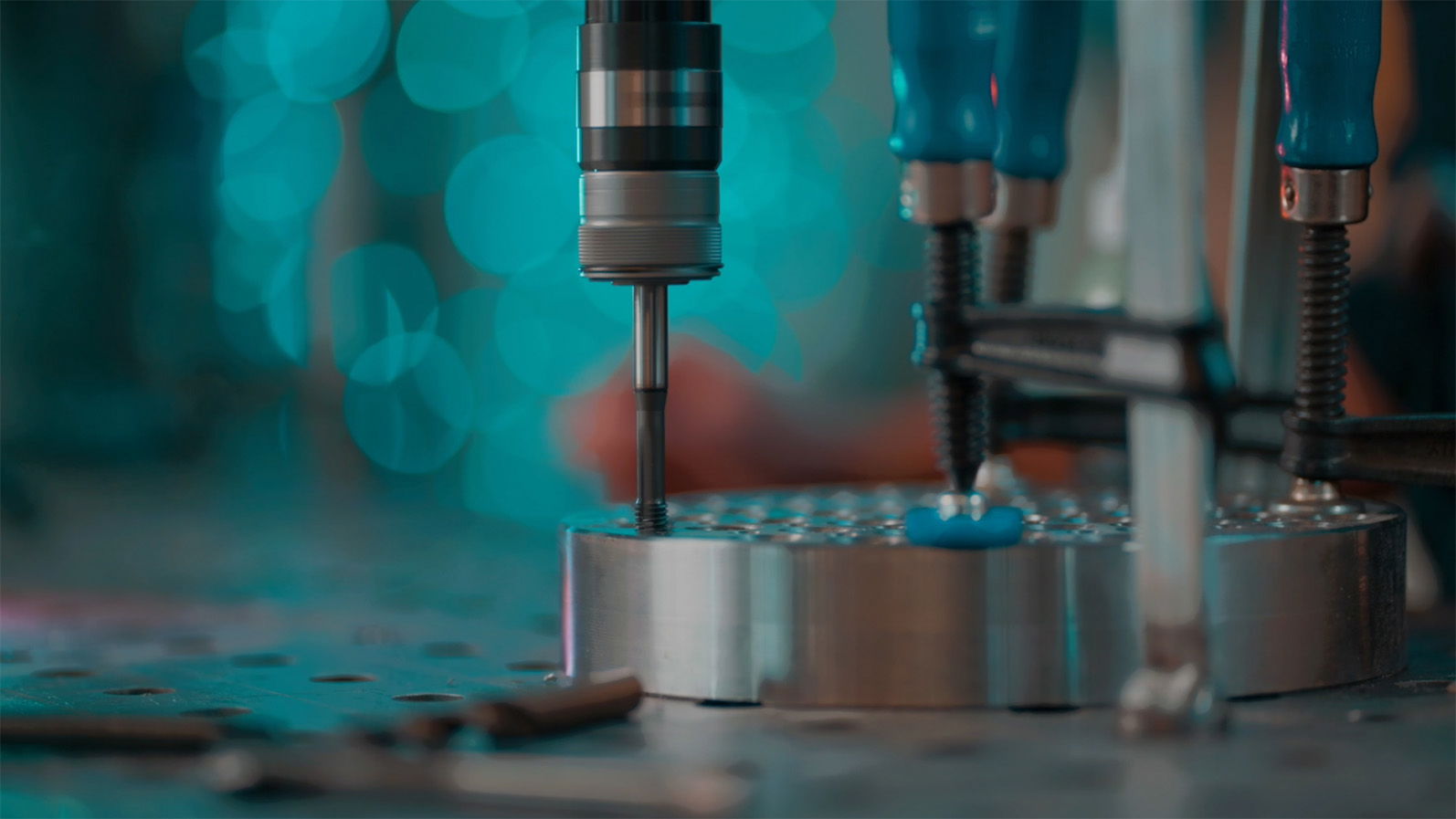
Cutting threads: Everything you need to know
Cutting threads is a widespread technique in the group of machining processes that allows you to create threads. While the process is commonly used on an industrial level and by professional craftsmen, it's equally suitable for DIY enthusiasts and interested beginners. So, if you're interested in thread cutting, why not give it a try? We'll tell you everything you need to know to get started.
Why It's Useful to Master Thread Cutting
In times of vast hardware store assortments and constant online availability of individual parts, you may wonder why you should be interested in thread cutting. In fact, there are compelling reasons that can make thread cutting appealing to you. When you can cut threads yourself, you have great flexibility. You can create components according to your needs, without excess or unnecessary expenses. You can also add threads to unconventional components that are outside common standard dimensions if you master the technique of thread cutting. Basic knowledge of thread cutting is also useful if you need to repair a damaged thread.
Thread Cutting Can Be Done for External and Internal Threads
Threads can be classified as external threads and internal threads. In one of the most common applications, you can also refer to them as screw threads and nut threads. The principle is the same for cutting threads for external and internal threads: sharp cutting edges remove material to create the thread grooves. However, in practice, cutting threads for external and internal threads is quite different.
Cutting Internal Threads
To cut internal threads, you'll need one or more screwe taps. However, before you start with that, you must first prepare the receiving core hole with a spiral drill bit of the exact right size. When cutting threads, only as much material is removed as necessary to create the threads. If the hole is too small, the tool can get stuck or break. If it's too large, the thread won't be fully formed in the end. You can calculate the core hole dimensions for thread cutting using a formula or consult a table. It's also recommended to chamfer the edge of the hole before cutting the thread.
Cutting External Threads
To cut external threads on bolts or screws, you use a die. Here, some preparation is required before the actual cutting process. First, select the appropriate bolt and consider the bolt's pre-work diameter. The pre-work diameter is the equivalent of the core hole diameter when cutting internal threads. You can refer to a table for guidance here as well. Afterward, chamfer the bolt before cutting the thread. Now you can position the die, ensure it's vertical, and apply slight pressure to cut the thread.
Thread Cutting by Hand or Machine?
Generally, when cutting threads, you have the option to do it manually or use a machine. Both methods have their advantages and disadvantages. Cutting threads by hand is a very flexible method that can be performed regardless of location-specific constraints, such as the availability of a power source. It also doesn't require expensive equipment. On the other hand, using stationary drilling machines brings significant time savings. This allows for high-volume thread cutting. Additionally, using a machine minimizes the human factor, making it more likely to achieve good results when cutting threads with a machine.
Cutting Threads by Hand
For cutting internal threads by hand, you'll need a multi-part hand thread tap set. These sets typically include three tools for coarse threads and two tools for cutting fine threads. This division in hand thread cutting is designed to minimize the effort required. When cutting threads in this way, each tool completes only a part of the task, resulting in thread cutting with muscle power alone. In addition to hand thread taps, you'll need an operating tool to guide the tap. Tap wrenches or ratchets work well for this purpose.
Cutting threads by hand also works for external threads. To do this, you'll need a thread cutting die, as well as a die holder for the external thread cutting process. When working without mechanical support, it's particularly important to ensure that the die is held straight when cutting the thread. A die guide can assist you with this.
How to Cut Threads Using a Stationary Drilling Machine
If you opt for cutting threads with a machine, you'll need a machine tap. Unlike hand thread cutting, you can use a machine tap to cut the entire thread in a single operation. It's important that your machine is suitable for thread cutting and, ideally, equipped with a thread cutting chuck. An automatic feed also contributes to the success of thread cutting with a machine. Machine taps should not be used in hand drills or cordless screwdrivers. There is a high risk of not starting perfectly straight, which can easily lead to tool breakage. Additionally, when cutting threads with a machine, it's important to ensure an adequate supply of coolant.
When you want to cut an external thread on bolts or screws, the tool doesn't differ from the manual approach. You can also use a regular die for cutting the thread. To secure it in your stationary machine, you'll need a die holder suitable for this purpose.
Whether by hand or machine, external or internal threads – everything you need for thread cutting is available in various versions in our BAER online shop. As a screw tap manufacturer we offer screw taps and thread cutting dies for various different applications, as well as twist drill bits, countersinks and much more. Take a look and see for yourself!
